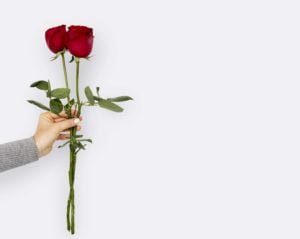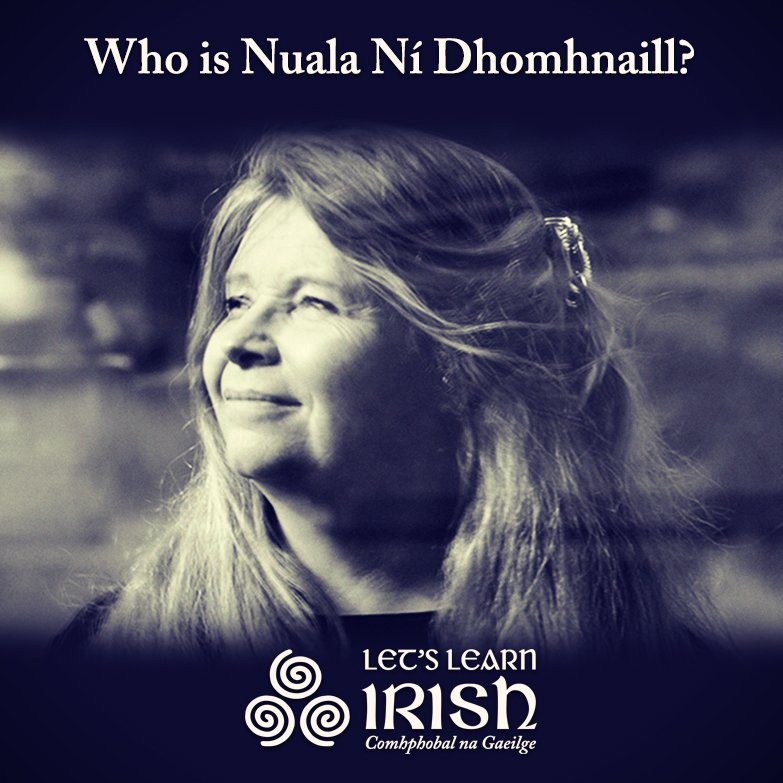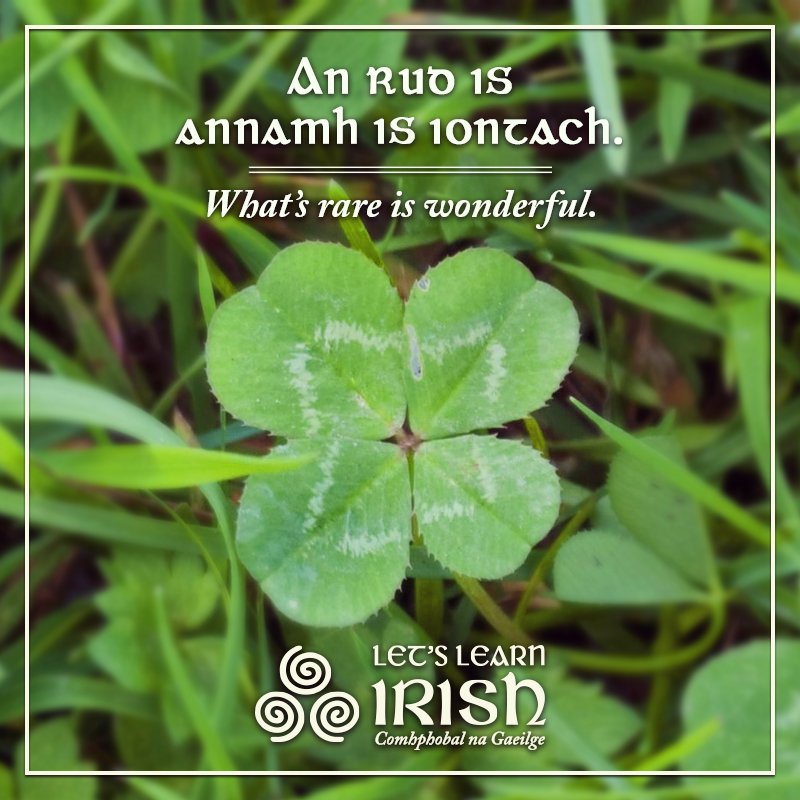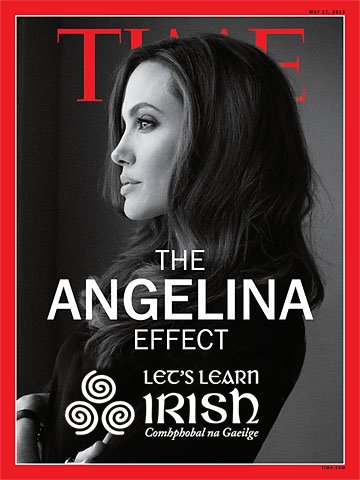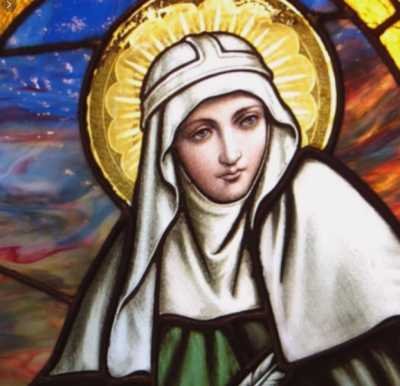Tá Rún Agam – I Have A Secret
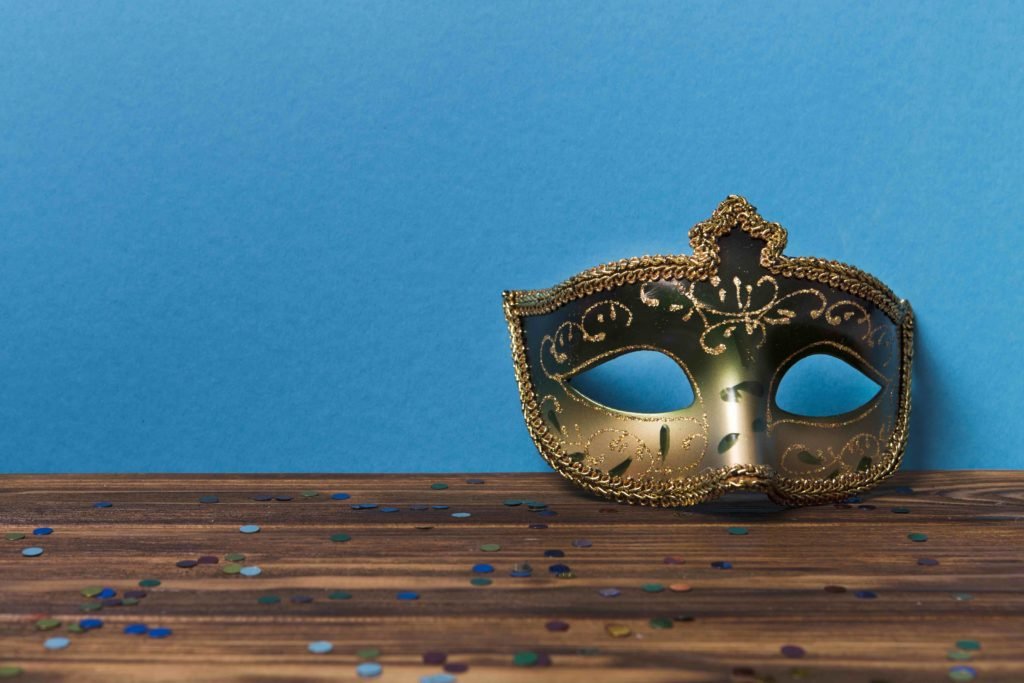
Last week in Let’s Learn Irish A1 Language class, we learned the Irish for secretary: rúnaí, or ‘secret-keeper’ coming from rún, meaning ‘secret’. This, of course, points to the self-same similar root in as Béarla —secretary–a word I’ve been using and writing for decades. Somehow I never saw its root, secret, hiding in plain sight.
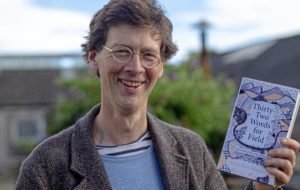 What else have I overlooked that is contained within the words I use as Bearla? The words I am learning as Gaeilge? In his essay “A Magical Vision Is Hidden in the Irish Language – We Need to Rediscover It,” Irish writer Manchán Magan, writes, “Consider the word crithir: its basic meaning is a particle or a spark of flame or light, or the tiniest portion of something, but it has other meanings that can act as a wedge to prise open perspectives that would otherwise remain hidden. For example, it can refer to the vulnerability and insubstantiality of solid objects; such as a swamp, or the trembling of the land in an earthquake, or the crumbling surface of ploughed land when dry after rain. Crithir means all these things.”
What else have I overlooked that is contained within the words I use as Bearla? The words I am learning as Gaeilge? In his essay “A Magical Vision Is Hidden in the Irish Language – We Need to Rediscover It,” Irish writer Manchán Magan, writes, “Consider the word crithir: its basic meaning is a particle or a spark of flame or light, or the tiniest portion of something, but it has other meanings that can act as a wedge to prise open perspectives that would otherwise remain hidden. For example, it can refer to the vulnerability and insubstantiality of solid objects; such as a swamp, or the trembling of the land in an earthquake, or the crumbling surface of ploughed land when dry after rain. Crithir means all these things.”
Ahh isn’t this at the pleasurable heart of our study and learning of another language? Go deimhin tá…for me, anyway. Practical and intangible value. Yes, I am learning how to understand and to be understood in conversation with other Irish speakers. The necessary hard currency of exchange.
Cad é ba mhaith leat?
Ba mhaith liom cupán tae, le do thoil.
An dtógann tú bainne agus siúcra?
Tógaim, go raibh maith agat.
And! Of equal importance, I am learning how to peer into a word as if looking through a kaleidoscope–that wondrous prism of possible meanings and connections. As Nuala Ní Dhomhnaill writes in her poem, “Teoranna” (Boundaries):
“Is féidir linn a thabhairt faoi ndeara gan stró
Go ritheann gach uile rud isteach ina chéile ann,
is nach bhfuil teaorann dochta i gceist idir rud ar bith.”
We can recognize at once, without difficulty,
That everything in the language run into everything else,
That there are no strict boundaries between one thing and another.”
-translated by Paul Muldoon, in Irish Women’s Poetry, Wake Forest University Press.
Rúnaí, Rún. Much like a secretary desk with its built-in drawers, cabinets, slatted spaces, hinged desktop, and secret compartments, rún, too, is compact and efficient. Contained within its one-syllabled three-letters, within its compartments and slatted spaces? Rún means a secret, a mystery, a promise, an inclination, an intention, a desire, love, esteem, regard, a confidence, a sweetheart, a secret love. Language creates meaning by its stand-alone words:
Béal, mouth
Glaisín, stream
Carraig, rock
Sliabh, mountain
Spéir, sky
Inis, island
Language also creates meaning by its interconnection with other words (my subjective definition of a sentence). And so in surprising but inevitable connection? The very next evening after my A1 class, rún appeared in my Amhráin/Songs course in the new song we were learning, “Páistín Fionn”:
Is tusa mo rún, mo rún, mo rún,
Mar is tusa mo rún is mo ghrá geal.
To listen: Elaine Cormican – An Páistín Fionn
![]() Valentine’s
Valentine’s ![]() Day is approaching, so I shall take this opportunity to share my secret Valentine (yes, permission to unfold my paper doily heart). And yes, Ní scéal rúin é ó tá a fhios ag triúr é (It is not a secret after three people know it). So be it.
Day is approaching, so I shall take this opportunity to share my secret Valentine (yes, permission to unfold my paper doily heart). And yes, Ní scéal rúin é ó tá a fhios ag triúr é (It is not a secret after three people know it). So be it.
Gaeilge, a chara, a Rúnchara,
Tá rún agam. Is tús mo rún.
Le grá,
Kerry
Read my previous posts on learning Irish online, the joys of Irish songs and how Irish is my meditative practice.
Join the online Irish community for cúrsaí, comhrá & ceardlanna, and follow along on social media @LetsLearnIrish – beidh fáilte romhat!


